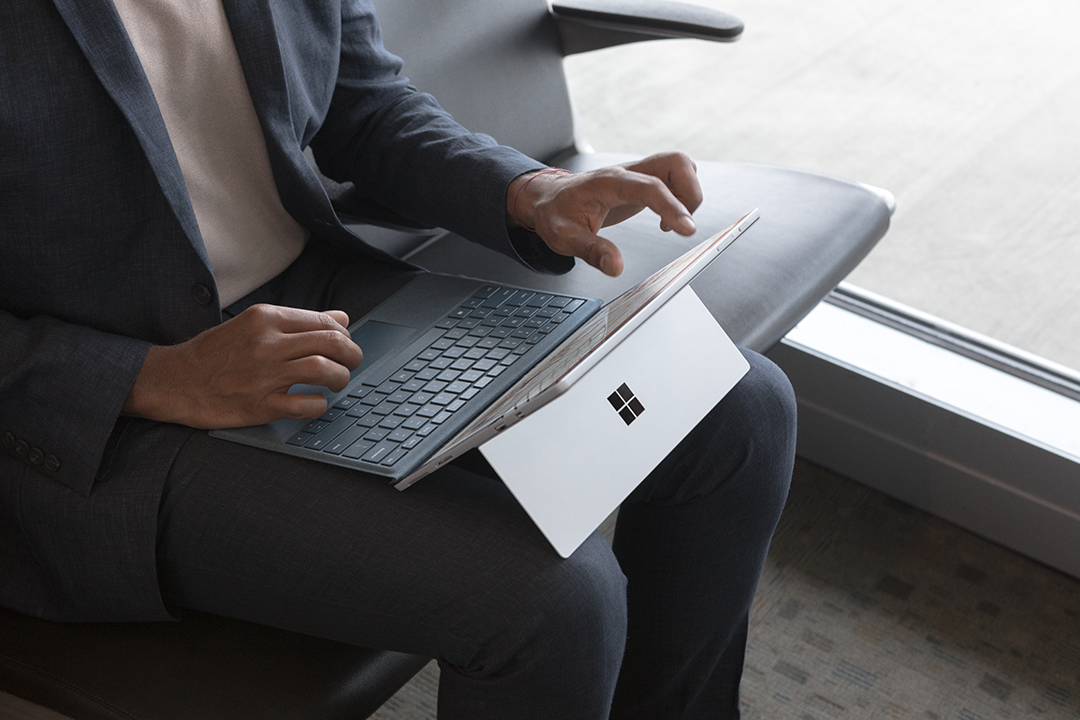It appears that Microsoft is taking strategic steps toward creating its own niche in the tablet market. The Microsoft Surface and Surface Pro are tablets with attachable keyboards, designed to bridge the gap between tablets and PCs and meet the needs of users who, in Bill Gates’ estimation, have become “frustrated” with the limitations of Apple and Google tablets. “They can’t type. They can’t create documents,” he argues. Wayne Rash of Network World explains, “While the iPad is primarily a content consumption device, the Surface, which comes with Microsoft Office, is also designed for content creation” (Rash, networkworld.com).
The benefit of being late to the tablet game is that Microsoft could identify the deficiencies of other tablets before presenting an alternative. Possibly the first indication of the company’s targeting of the tablet market was the colorful, grid interface of Windows 8, which was clearly designed for use on tablet devices. The Surface comes with a built-in kickstand that is far sturdier than the fold-over Smart Cover of the iPad, and a “Touch Cover,” which is similar to the iPad’s Smart Cover, but has a keyboard printed on it. The Surface is also designed for easy networking; “Where the iPad isolates users from the world of networks, servers and enterprise printers, the Surface works with them seamlessly” (Rash, networkworld.com).
The applications available for Surface, however, are lacking, when compared to Apple’s well-established App Store. The Surface’s screen resolution is also of lower quality than the iPad’s Retina Display. Microsoft may edge ahead, however, thanks to the universal popularity of MS Office. “Microsoft sees this suite of apps as an ace up its sleeve in the war against Apple and Google” (Adrian Kingsley-Hughes, ZDNet.com).

